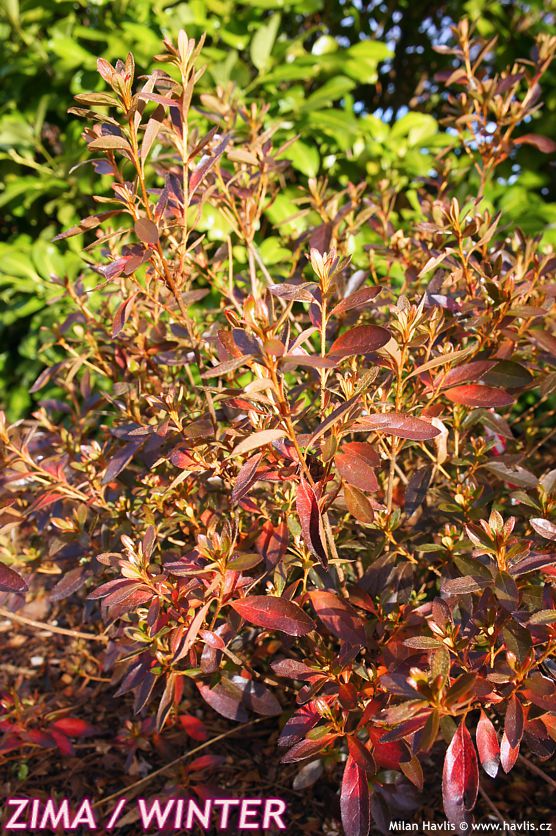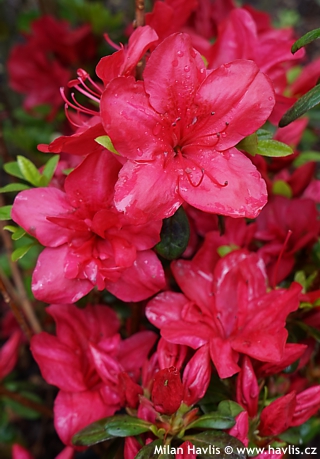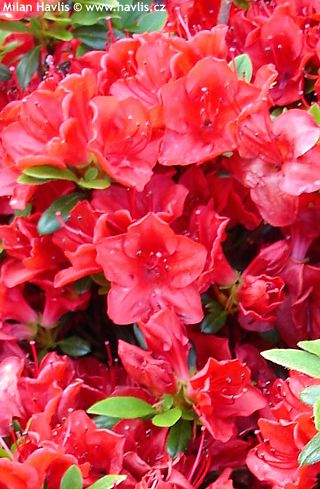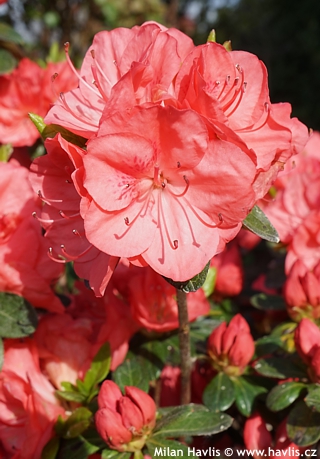Azalea x 'CAROLINA SALMON' hybrid Japanese azalea
Azalea
Azaleas, today botanically classified within the broad genus Rhododendron, first appeared in scientific literature in the mid 18th century. Carl Linnaeus (1707–1778) described them in his famous Species Plantarum of 1753 as a separate genus, Azalea. Only later did botanists realize that azaleas are not a distinct genus but belong to the vast rhododendron family, where they now form just one subgroup. The first specimens reached Europe as early as the 17th century, brought by Dutch traders from Japan and China. In the 19th century, a veritable azalea fever broke out, especially in Belgium and England, where breeders such as Anthony Waterer and the Backhouse family created hundreds of new hybrids that became the pride of Victorian greenhouses and castle gardens.
In Asia, azaleas became not only garden ornaments but also part of poetry, legend, and everyday culture. In China they are known as the “cuckoo flower” (dùjuān huā), because according to an old legend the cuckoo bird shed blood from which the red blossoms sprang – hence in Tang dynasty poetry they symbolize longing and melancholy. In Japan, satsuki azaleas have been cultivated since the Middle Ages, and during the Edo period they became so popular that tsutsuji matsuri festivals were established, still celebrated today in places such as Tokyo’s Nezu Shrine, where gardens turn into a sea of colour each spring. In Korea, the azalea (jindallae) appears in folk songs and poetry as a symbol of feminine beauty and fidelity. No wonder that when azaleas reached Europe, they carried with them not only exotic beauty but also a deep cultural story that still lends them a special charm.
The hybrid azalea Carolina Salmon derives from the variegated cultivar Carolina, but here the difference is striking: Carolina Salmon is entirely single‑coloured. If just for a split second the word dull came up, think again, or even better – look again! The combination of rich salmon‑pink and relatively large blossoms is guaranteed to draw attention. The flowers are broadly open, generous in form, and when they appear in abundance, they resemble a festive cascade rather than scattered sparks. The shrub has a tiered structure, with branches arranged in layers that lend it natural elegance without heaviness. The evergreen leaves are leathery, deep green, and in winter on sheltered sites they take on bronze tones, so the plant remains decorative even outside its flowering season.
Carolina Salmon arose as the result of a so‑called reversion – a phenomenon in which a plant spontaneously alters a trait and “returns” to a simpler, more stable form. In azaleas this most often occurs in variegated or multi-coloured flowers, since such markings are genetically less stable. In the case of Carolina, part of the plant abandoned the white edging and suppressed the purple speckling, producing a flower of uniform colour. Such reversions appear irregularly – sometimes only on a single branch, sometimes developing into an entirely new cultivar. That is precisely how Carolina Salmon came into being: it retains all the horticultural qualities of the original Carolina, but offers a different, purer aesthetic impression.
In garden compositions, Carolina Salmon acts as a unifying element. Its solid salmon‑pink blossoms combine easily with plants that have striking foliage – whether the dark green of rhododendrons, the blue‑green of hostas, or the finely textured fronds of ferns. Since the flowers are not variegated, they do not clash with other flowering shrubs; instead they create a calm backdrop that allows contrasting colours to shine, such as the white of viburnums or the soft pink of magnolias. In partial shade beneath taller trees, the salmon hue glows even more intensely, lending the space a festive yet harmonious tone.
Evergreen azaleas require light, acidic, very well drained soil that is preferably kept constantly moist but never waterlogged, and rich in iron and phosphorus. Use special fertilizers for rhododendrons and azaleas, or more generally for ericaceous plants. To preserve soil moisture, it is best to keep them mulched at all times, ideally with bark or leaf mould, which also protects their shallow roots from overheating and drying out. An ideal planting mix is one third peat, one third well rotted leaf mould or non limed compost, and one third of the site’s own garden soil, preferably sieved. Azaleas form shallow, spreading root systems, so never plant them deeply and never in heavy, impermeable soil. The best location is partial shade or filtered sunlight beneath tall tree canopies; they can tolerate full sun only for part of the day if moisture is sufficient. Hardiness of Carolina Salmon has been tested down to –27 °C (USDA zone 5b), and the plant can also be grown year round in broad but not overly deep outdoor containers, provided they are insulated against frost. In containers, however, occasional watering is essential, as the substrate dries out faster than in the ground.
Last update 19-09-2025
Goods are shipped all over Europe. For Russia and U.K. and for further details please read about SHIPPING OPTIONS HERE.
Are you interested in a serious discount for orders NOV-FEB? Check your options here.
THE PRICES INCLUDE VAT of 15%. For quick conversion you can use 1 CZK = approx. 0.04 EUR
- STANDARD QUALITY - Plants of this group are 1st class quality with number of branches and overall density adequate to their size and age, considering they were container grown.
- DE LUXE QUALITY - This label guarantees a luxurious quality of manually selected plants that, compared to their height and age, are exceptionally dense and beautiful.
- EXTRA - These plants are usually mature and bigger specimens with exceptional overall appearance.
- STANDARD (as described in the plant form) means a tree with a trunk of 190-210 cm and a crown at the top, unless specified differently. The commercial size for trees is their girth measured in the height of 1m from ground.
- HOBBY - These plants are of the same quality as our standard-quality plants but younger and therefore cheaper.
- SHRUB - a woody plant with branches growing bushy from the ground level.
- HALF-STANDARD or MINI-STANDARD - a small tree with shorter trunk, its size is usually specified.
- FEATHERED - These are trees with branches growing already from the base of the trunk and up along the stem.
- GRASSES and PERENNIALS - Sizes given usually read the diameter of the pot or the clump, as specified.









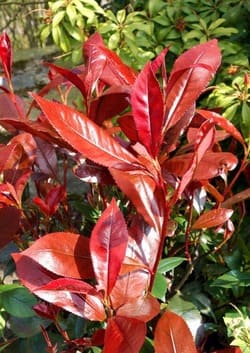
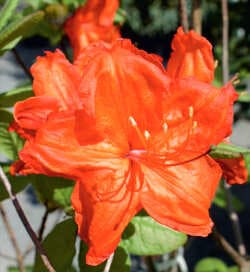

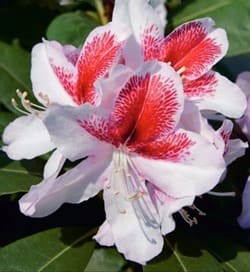


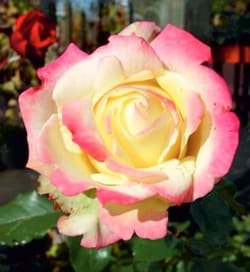
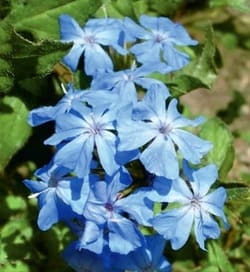
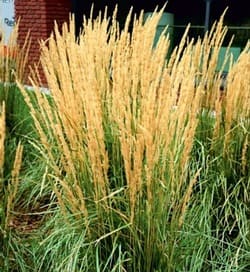
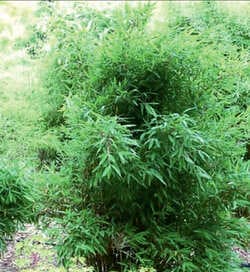

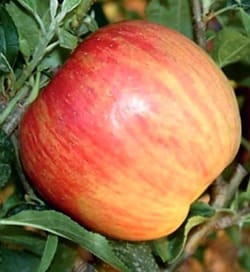
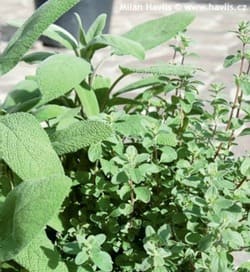
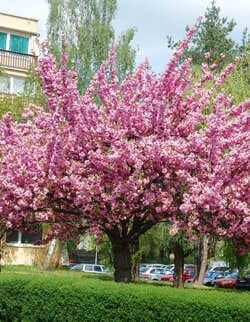
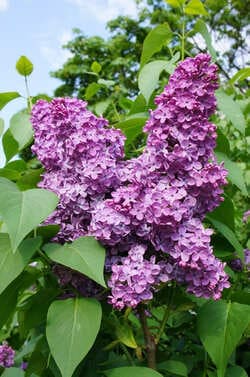
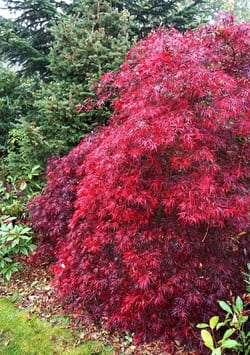
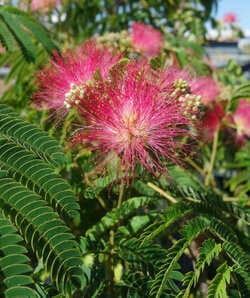
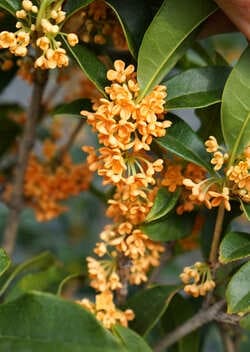



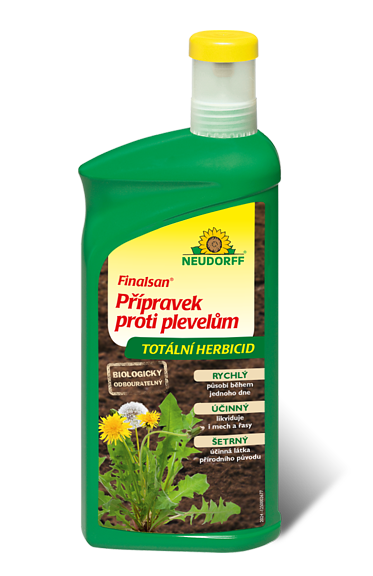


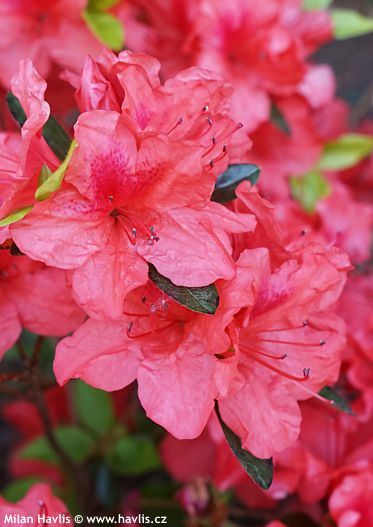
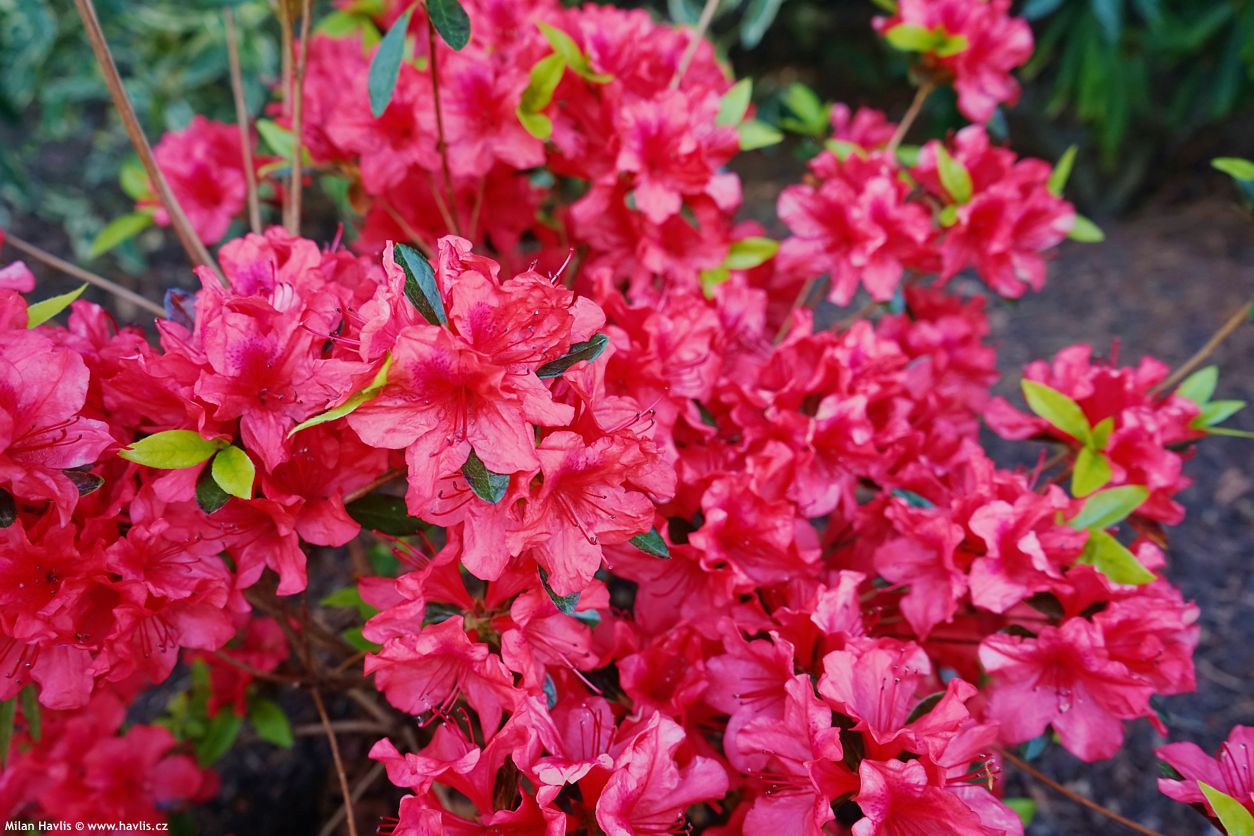
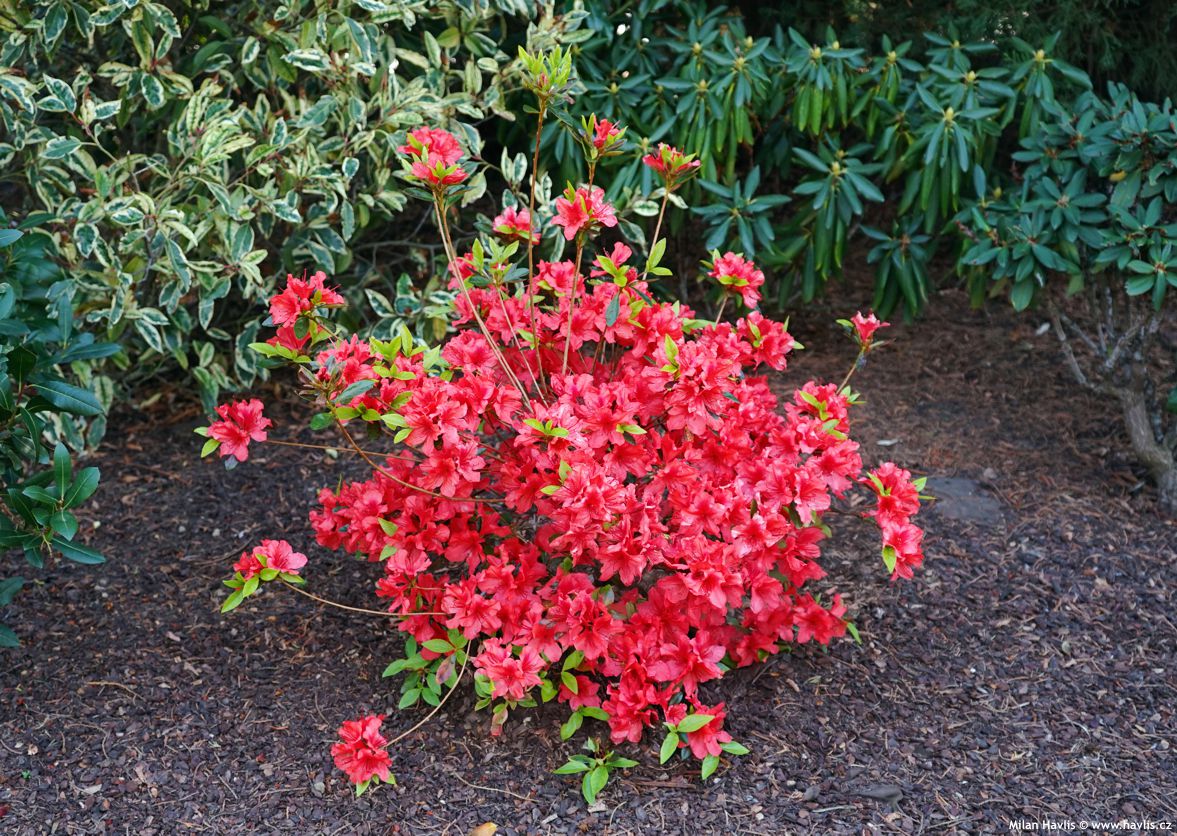
.jpg)
